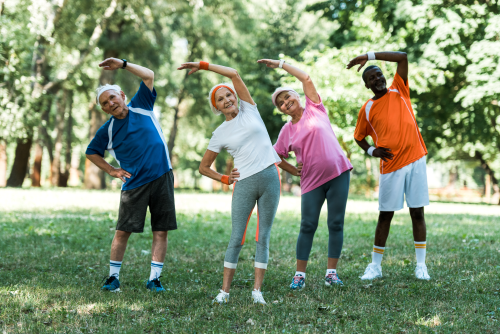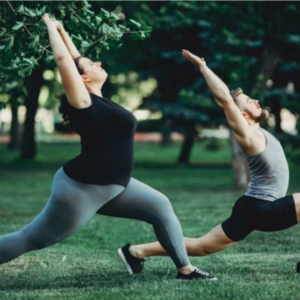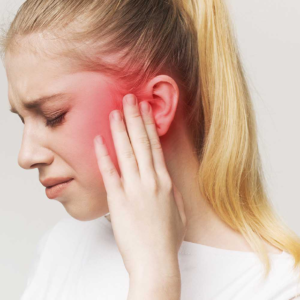Three things everyone should know about exercising

What about exercising?
Physical activity is something everyone can benefit from, no matter their sex, age, or physical ability. It is a great way to stay healthy, boost mood and energy, and reduce risk of health conditions. There are many different forms and types of exercise and it can be modified to fit with your abilities. Everyone should be educated on the health benefits, mood and energy boosts, and different types of exercise.
Health Benefits
Exercise can reduce risk of many health conditions and diseases. It can help with weight loss which is a big risk factor for a lot of health issues. The key to weight loss is burning more calories, and incorporating exercise into your life can help keep the excess pounds off. Exercise also promotes a healthy heart and helps reduce blood pressure. Physical activity boosts the good cholesterol in your body and reduces triglycerides. This will lower risk of plaque forming in your vessels and causing cardiovascular disease.
More conditions it can help reduce include:
- Stroke
- Metabolic syndrome
- High blood pressure
- Type 2 diabetes
- Depression
- Anxiety
- Many types of cancer
- Arthritis
- Falls

Mood and Energy Impact
Exercise is a great way to boost your mood. Getting up and moving your body can surprise you with how much it can reduce stress and make you feel happier and more energized. The brain releases chemicals that will improve your mood and leave you feeling more relaxed after physical activity. It will get your blood flowing and keep your cardiovascular system moving andf delivering oxygen to tissues. It can also help you fall asleep at night as long as you don’t exercise too close to bedtime.
Types of Exercise
There are many forms of exercise and it can look different for different people. It is recommended to get at least 150 minutes of moderate aerobic exercise or 75 minutes of vigorous exercise a week. However, even a small amount of aerobic activity can be beneficial as this amount is not feasible for everyone. Moderate exercise includes walking, biking, swimming, or mowing the lawn. Vigorous acticity can be running, dancing, or HIT workouts. It is also recommended to do strength training at least twice a week. Choose weight that is right for you and enough to tire your muscles after 12-15 reps. You can strength train with your own body weight, free weights, resistance bands, machines at the gym, or get creative and use other objects.
Summary:
- Physical activity benefits everyone, enhancing health, mood, and energy levels regardless of age, sex, or physical ability.
- Health Benefits:
- Exercise reduces the risk of various health conditions, aids in weight loss, promotes a healthy heart, lowers blood pressure, and mitigates risks associated with stroke, metabolic syndrome, type 2 diabetes, depression, anxiety, cancer, arthritis, and falls.
- Mood and Energy Impact:
- Regular exercise elevates mood, reduces stress, and boosts energy by releasing mood-improving chemicals. It enhances blood flow, supports the cardiovascular system, and can aid in better sleep, provided it’s not too close to bedtime.
- Types of Exercise:
- Recommended weekly exercise includes at least 150 minutes of moderate aerobic activity or 75 minutes of vigorous exercise. Options include walking, biking, swimming, or moderate activities. Vigorous activities like running, dancing, or HIT workouts are beneficial. Strength training, at least twice a week, can be done with body weight, free weights, resistance bands, gym machines, or creative alternatives.
- Reference: Mayo Clinic – Exercise

This article reviewed by Dr. Jim Liu, MD and Ms. Deb Dooley, APRN.
There’s nothing more important than our good health – that’s our principal capital asset.
#medical #telehealth #umedoc










